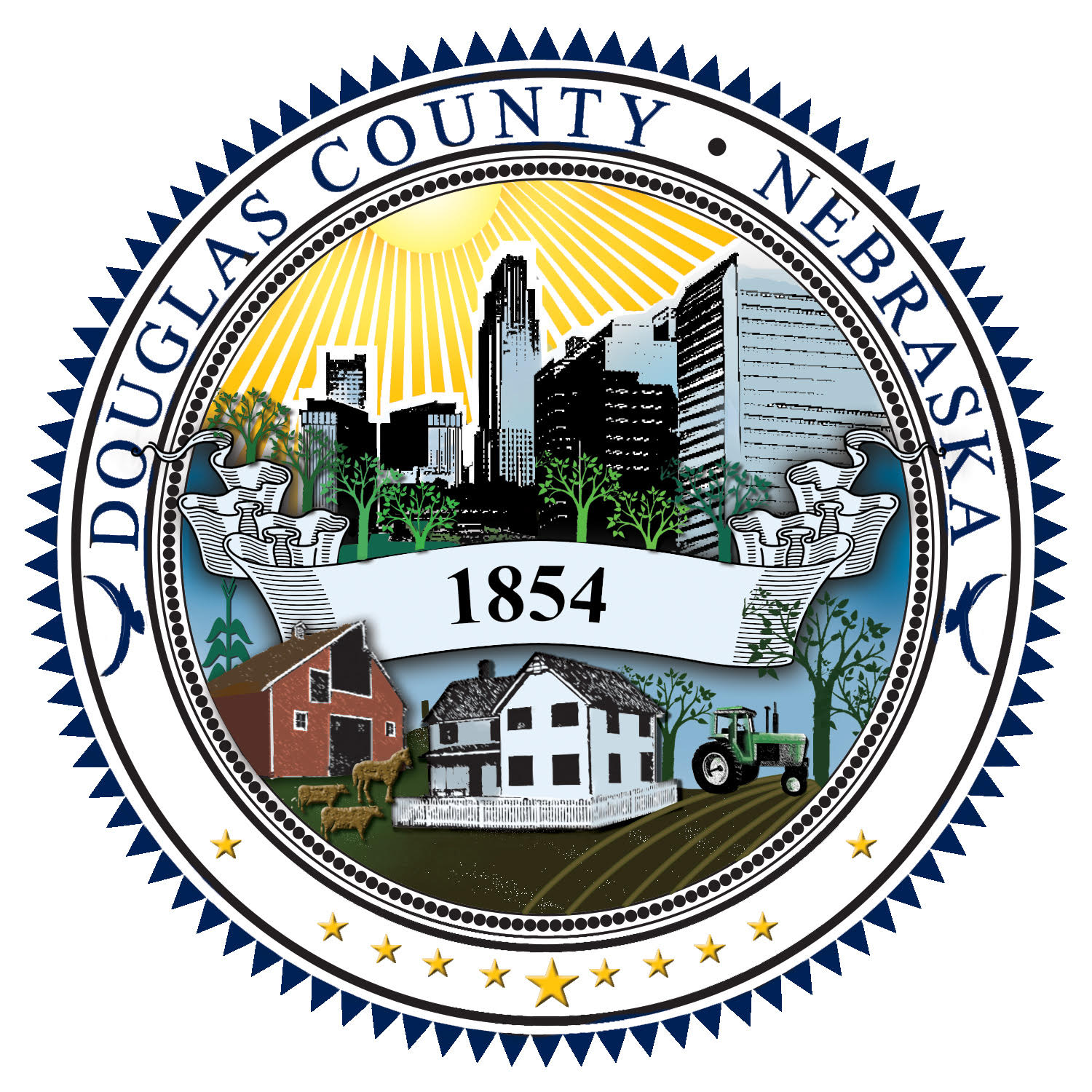
Juvenile Assessment Center (JAC)
Douglas County, Nebraska
Interview with Shawne Johnson-Coonfare, Director
How many youth do you serve per year? In the calendar year 2019, we (1) Provided supervision and services recommendations for 1373 youth through assessment processes; (2) Connected 1011 youth with services to match their identified risks and needs; (3) Diverted an additional 334 youth from further system involvement without formal diversion, as their risks and needs indicated no need for further juvenile justice intervention.
How are youth referred to your center? All youth are referred through the Douglas County Attorney’s Office. We meet with all youth cited in Douglas County for law violations and referred to the Douglas County Attorney for formal action (who do not have Court matters pending). Our purpose is to divert all eligible youth from formal processing, while recommending interventions to prevent further law violations, and enhance productive growth of young citizens.
What is your favorite tool used in an assessment and why? We currently use two tools which we find to be most effective for two particular uses. First, we utilize the Youth Level of Service/ Case Management Inventory (YLS/CMI) to provide a foundation of thorough knowledge about each youth we assess and to match services and interventions to the expressed needs of the individual youth. We also utilize the Diagnostic Predictive Scale (DPS), which is a self-administered, computer-based behavioral health screening tool. This tool assists us in making targeted behavioral health referrals around specific areas of mental health and substance use needs.
Highlight a specific partnership (i.e. school, organization) or program. We have a number of fantastic community-based partnerships who serve youth on diversion. One partnership in particular which has been a game changer for our youth is Mentor Nebraska. We had for years attempted to work with mentoring organizations to match youth with mentors. We were never able to meet youth mentoring needs due to wait times and stigma around justice involved youth. Mentor Nebraska created a pilot program, using the Youth Initiated Mentoring Model. Choice of mentoring does not affect diversion outcomes and is offered in a self-select process to all youth who had an interest. They have matched hundreds of youth with mentors in a very quick manner, and we can now confidently offer this service to all youth due to their steadfast work and support.
What is the biggest challenge your assessment center faces? COVID aside, our biggest long-standing challenge continues to be meeting family needs. Our identified clients are youth who have presented to the County Attorney’s Office due to their own actions. Often their needs are related to family challenges, as well as the need for family support (for the youth). We are continually seeking to learn from families how to best support and engage the entire family unit, as well as to seek funding for these crucial services and supports.
What is the process your center uses to ensure youth are connected and matched with services after an assessment? We use the Risk Needs Responsivity Model, utilizing all of the information shared by and about the youth during the assessment process, as well as the youth’s perceptions, opinions and desires, to identify the underlying areas of needed support, then make referrals to services and programs which directly support those needs.
How does your center divert youth from the justice system? Youth exhibiting lower risks and needs are diverted from the justice system with no formal plans or further actions. Youth who express needs via the assessment process are offered diversion opportunities. Youth are supported during the duration of a diversionary time period, and their case(s) are formally closed and the record is sealed upon successful participation in diversion.
What are you looking forward to most with the development of the NAC? Soooo many things… We are really looking forward to new and innovative ways to serve youth. We have been in existence for quite a while (17 years), and although we have evolved over time, we are seeking guidance from others who have developed with newer foundations and more recent evidence-based tools. We are also looking forward to the broader voices and body of research and experience that will bring about strong standards which we can follow and use as a support for our service to youth.
|